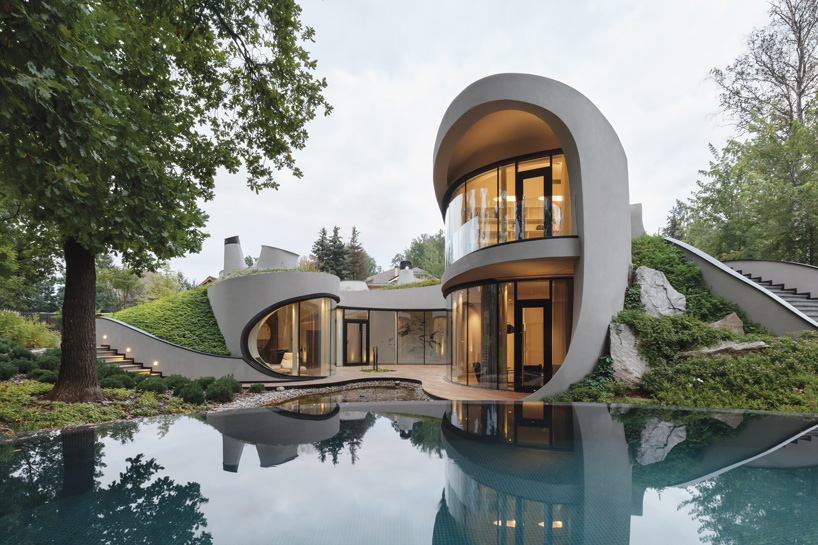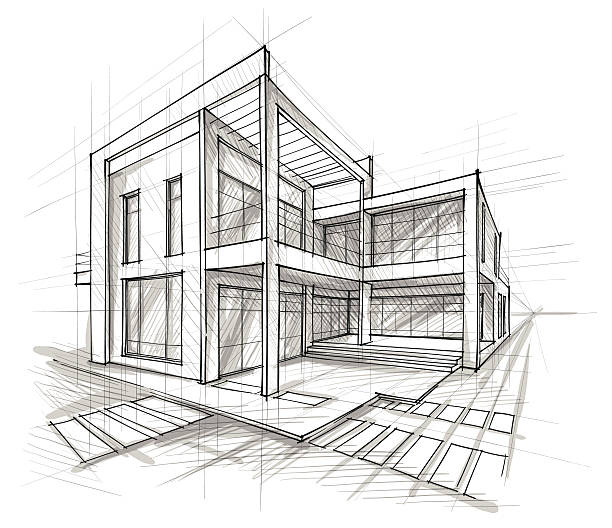Understanding the Collaborative Refine Between Architects and Engineers in Modern Building Projects
The collective procedure between architects and designers is important in contemporary construction jobs, as it balances style intent with design expediency. This partnership not just influences the aesthetic and practical aspects of a job however also plays a critical function in addressing sustainability challenges. By employing efficient interaction approaches and leveraging advanced technologies, such as Building Details Modeling (BIM), groups can work extra cohesively. The intricacies of this cooperation usually present distinct difficulties that can hinder progress. Checking out these characteristics reveals insights that might considerably affect job outcomes and overall market standards.
The Significance of Cooperation
The joint synergy between engineers and engineers is important for the successful awareness of any construction project. This collaboration unites distinctive know-how and viewpoints, allowing the integration of ingenious style with practical engineering solutions. By working together, designers and designers can guarantee that a task not just fulfills aesthetic and functional demands but additionally follows safety and security, sustainability, and financial restrictions.
Collaboration fosters a shared vision, assisting in the placement of goals and assumptions from the outset. This positioning is critical in attending to potential obstacles and mitigating risks that might emerge throughout the project lifecycle. Moreover, a collaborative strategy permits the effective allotment of sources, optimizing both time and price.
The value of cooperation includes the iterative procedure of design and construction, where responses from designers can inform architectural choices, causing more possible and lasting styles. Alternatively, engineers can inspire designers to assume creatively concerning exactly how to attain structural stability without compromising creative intent. Inevitably, the collaborative relationship in between designers and engineers is not just helpful; it is fundamental to the creation of high-grade, functional, and ingenious constructed atmospheres that satisfy the needs of culture.
Interaction Strategies and Tools
Reliable interaction strategies and tools are important for promoting partnership in between designers and engineers throughout the job lifecycle. Establishing clear networks of communication is important to guarantee that all group members are lined up with job objectives, timelines, and duties. Routine meetings, both in-person and virtual, give chances for stakeholders to discuss development, address problems, and make notified decisions.
Utilizing project management software program, such as BIM (Structure Info Modeling) systems, boosts partnership by making it possible for real-time sharing of style adjustments and technological specifications. These devices promote openness, permitting engineers and engineers to envision changes and examine their impact on the total task.

Shared Goals and Job Vision

Establishing shared goals entails open dialogue and an extensive understanding of each self-control's contributions. Designers normally concentrate on style intent, spatial connections, and customer experience, while engineers stress architectural stability, systems capability, and compliance with regulations (cda architects). When these perspectives are straightened, the outcome is a cohesive job that complies with both creative desires and technical feasibility
Additionally, a distinct job vision promotes responsibility among group participants, encouraging each individual to take possession of their function in achieving the wanted end result. Normal check-ins and joint workshops can even more enhance this commitment, permitting for modifications to be made as the job develops. Inevitably, a common vision not the original source just improves teamwork however additionally elevates the top quality of the final deliverable, resulting in effective job completion.
The Function of Technology
Leveraging modern technology has come to be crucial in enhancing partnership in between architects and engineers. The combination of sophisticated software program tools promotes real-time interaction and details sharing, allowing groups to work a lot more effectively and effectively. Building Information Modeling (BIM) stands apart as a crucial technology, allowing both designers and engineers to create thorough 3D designs that encapsulate style intent and architectural integrity. This shared graph minimizes misconceptions and improves the decision-making procedure.
Additionally, cloud-based systems make it possible for smooth partnership, enabling project stakeholders to gain access to and update job information from anywhere. This fosters a culture of site here transparency and liability, as modifications can be tracked and assessed in real-time. In addition, mobile applications more improve interaction, supplying on-site groups with instant accessibility to task requirements and updates.
Arising modern technologies such as man-made intelligence and maker understanding are also beginning to play a role in anticipating analysis, aiding teams identify potential problems prior to they emerge. Inevitably, the duty of technology in architecture-engineering partnership not just enhances operations performances however also improves advancement, bring about more successful task end results. By welcoming these technological improvements, architects and designers can make sure a more cohesive and productive collaborative process throughout the building lifecycle.
Study in Successful Partnerships
Numerous instance researches illustrate the profound influence of effective collaborations in between engineers and engineers on task results. One notable instance is the cooperation on the High Line in New York City, where landscape engineers, engineers, and urban coordinators collaborated to change a deserted rail line into a dynamic public park. This multidisciplinary technique not only enhanced the aesthetic top quality yet also guaranteed architectural safety and ecological sustainability.
An additional excellent situation is check over here the design and construction of the Sydney Music Hall. The collaboration between architect JÃ ¸ rn Utzon and architectural designer Ove Arup exemplified cutting-edge problem-solving. Their partnership enabled the legendary shell-like layout while attending to intricate engineering difficulties, eventually causing a timeless building masterpiece.
The Burj Khalifa in Dubai even more shows the significance of collective efforts. cda architects. The combination of style and engineering competence enabled the job group to accomplish unprecedented heights while sticking to safety regulations and aesthetic vision
These instances underscore the importance of interaction, depend on, and shared goals. In today's complicated building and construction environment, such collaborations are important to navigating difficulties and delivering tasks that satisfy both functional and visionary objectives.
Verdict
In verdict, the partnership between designers and designers is vital for the success of modern-day building and construction tasks. Reliable interaction strategies, a common job vision, and the integration of advanced technologies are crucial parts that promote this partnership.